Sissinghurst Castle and Gardens is a National Trust property located in Kent, England. The earliest buildings dated from the early 1500s and then were changed significantly through the ages due to other uses of the buildings. In the 1930s, the property was in disrepair and bought by poet/writer Vita Sackville-West and her husband Harold Nicolson. Vita was the only child from her wealthy family, who owned Knowle, but she was unable to inherit when her father died. She loved Knowle, so when she came across Sissinghurst for sale, she saw the potential and purchased it. She contributed to the repairs and gardens, and she used the tower for writing. Sissinghurst has some of the most famous gardens in England and is a Grade I listed park and garden.
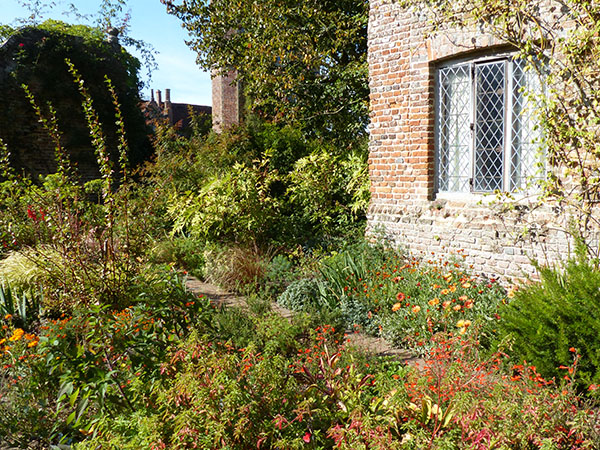
The original ancestors of the owners of Sissinghurst fell into money problems and could not pay their taxes, so they offered the government to lease the property in the 1700s. The government then used the property to house 3,000 prisoners in the Seven Years' War. The prisoners caused damage, particularly as two winters in a row were very cold and the furniture and buildings were used for firewood. After this, the house was in ruins and then put up for sale in the late 1920s, when it was bought by Vita and Harold.
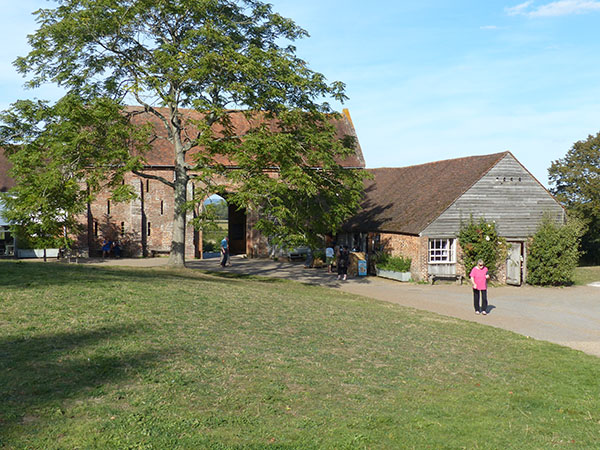
At the time when Vita and Harold purchased Sissinghurst, it was in advanced ruin and contained a barn, oast house, cottage, and tower dating from the 1540s, which was part of the remaining original structure.
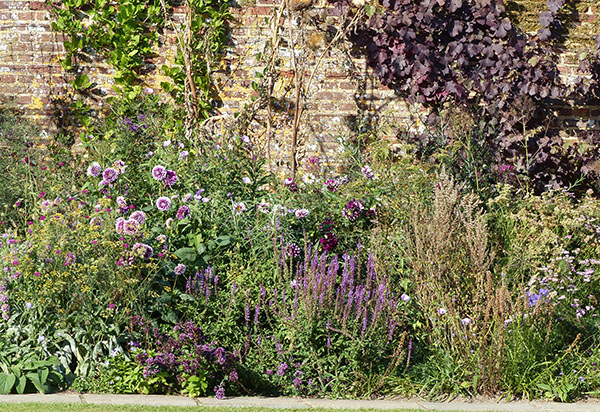
After Sackville-West died in 1962, her family gave the estate to the National Trust. It is one of the most properties and receives 200,000 visitors a year.

Elizabeth I visited Sissinghurst Castle in the late 1500s when the original family who owned it has aspirations to enhance their title. Unfortunately, this failed, and the family lived beyond their means and got into debts.
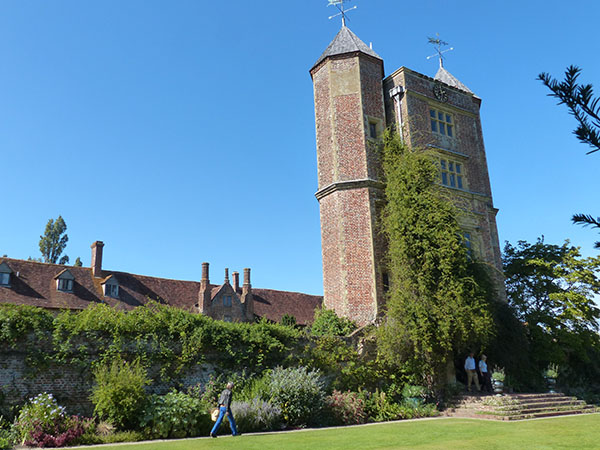
The French prisoners of war were imprisoned in the tower and buildings that have since been demolished. The tower still contains grafitti on the walls from this time. The tower is one of the surviving buildings, and one of the rooms was turned into a library and writing room.
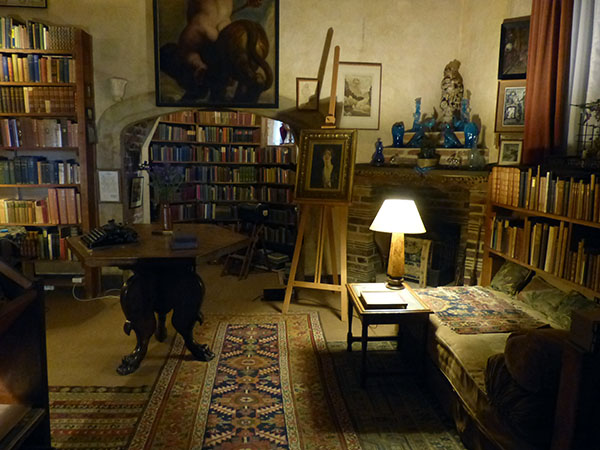
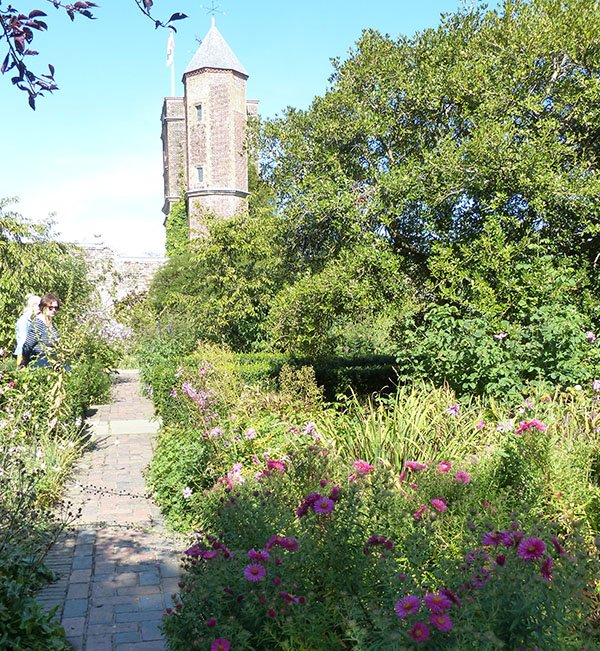

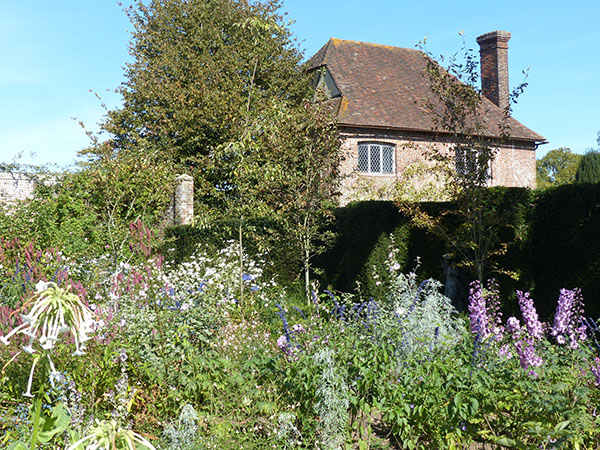
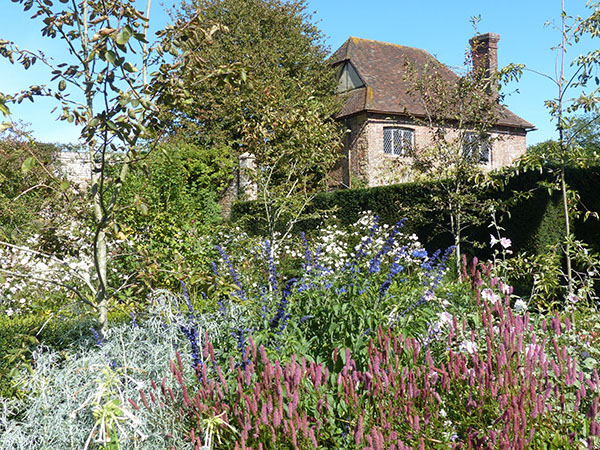

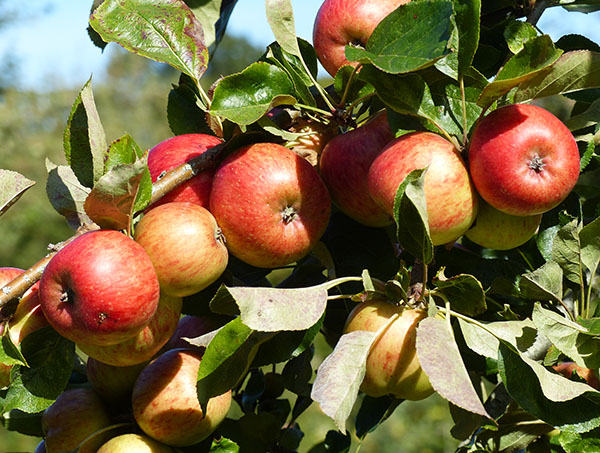
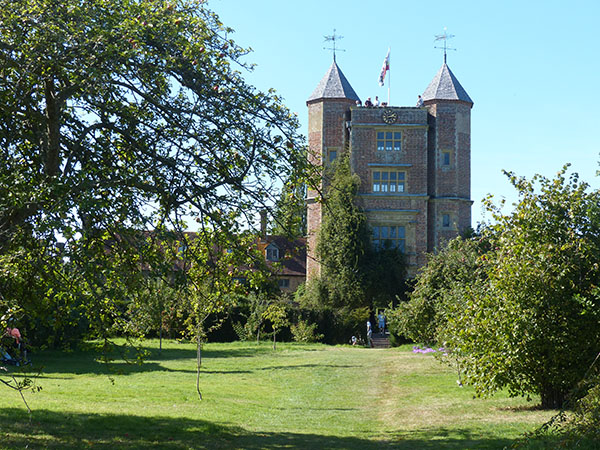
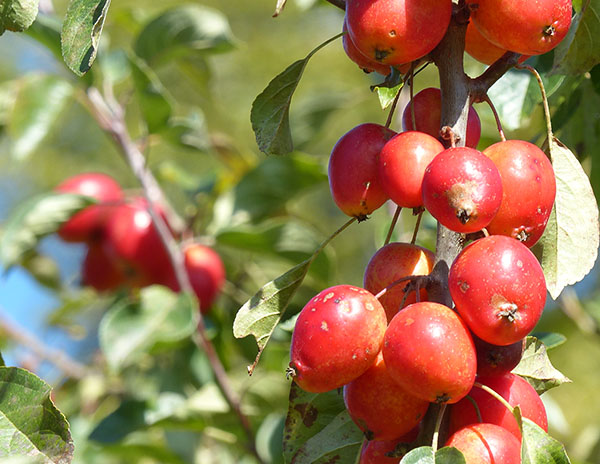
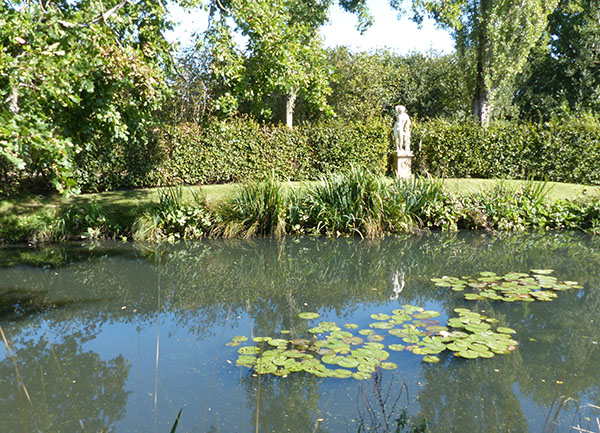
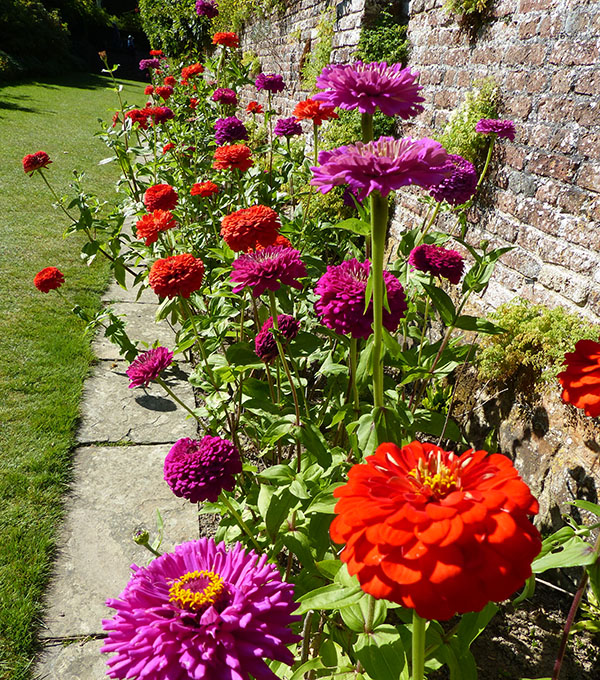
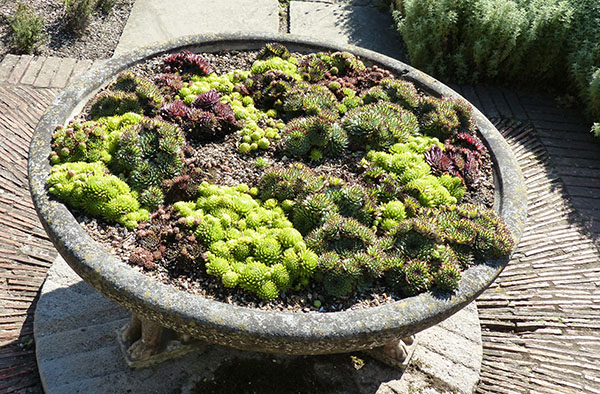
A little building at the end of the garden is a writing room.
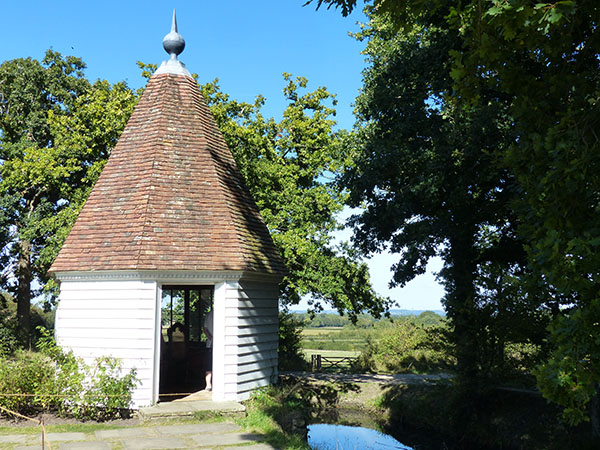
The priest's cottage, pictured below, is also on the grounds, and visitors can stay in the cottage overnight. It is usually not open otherwise.
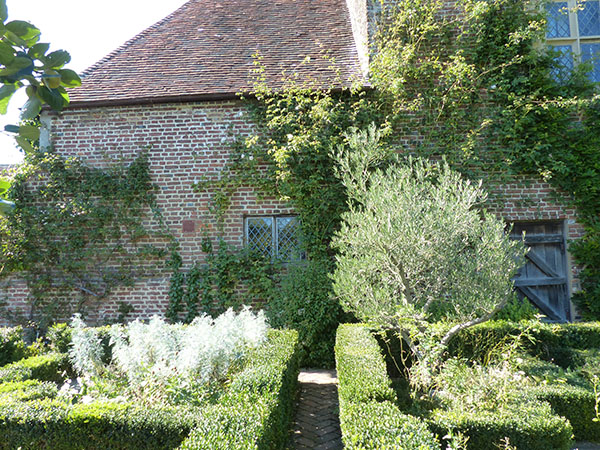
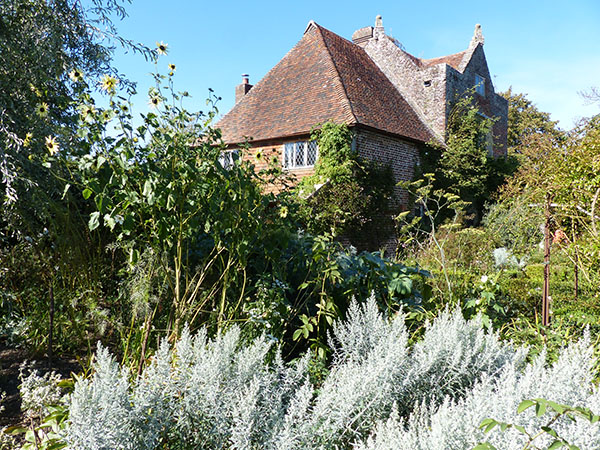
The view from the top of the tower was also beautiful with views over the gardens and the weald.
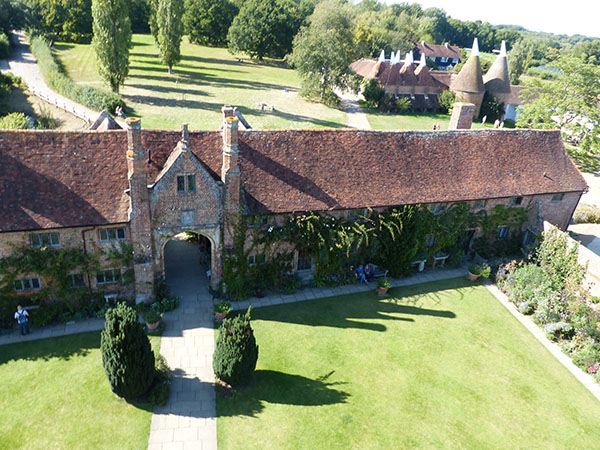
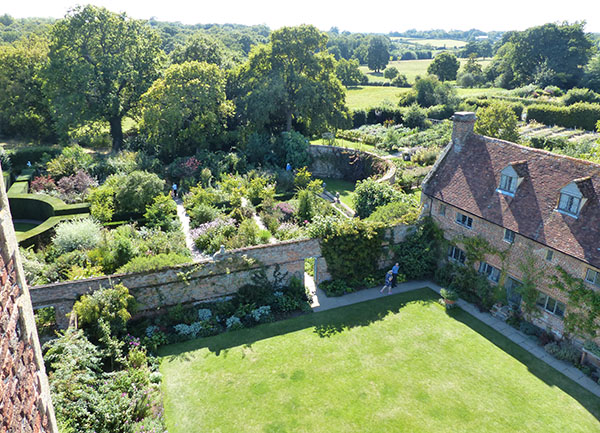
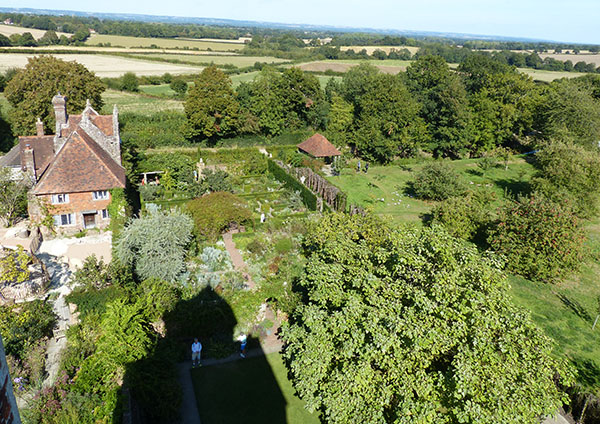
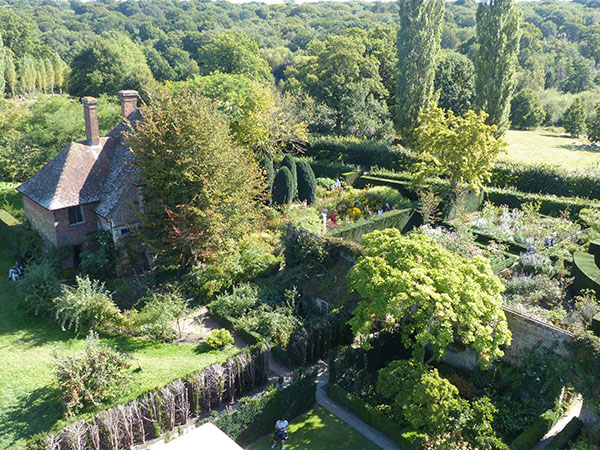
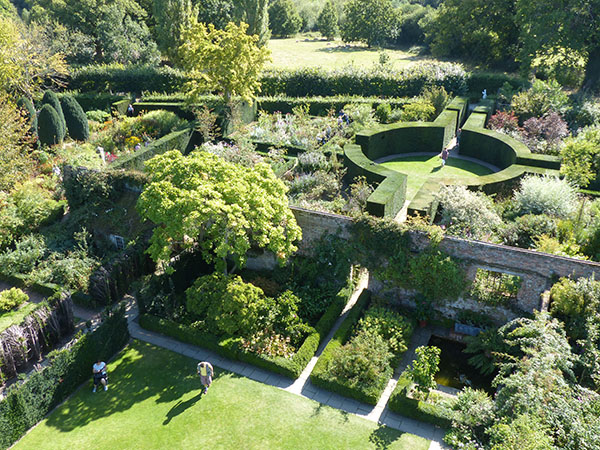
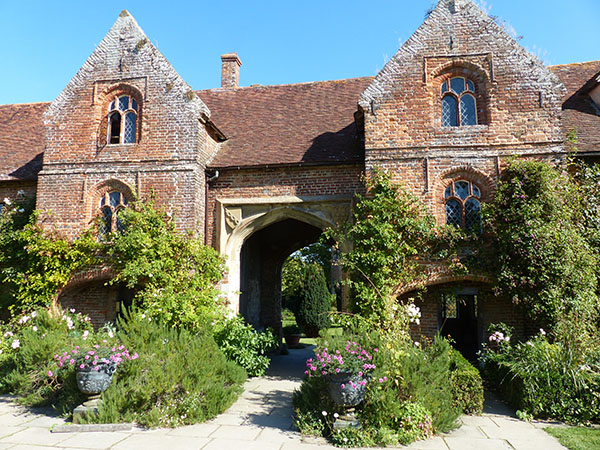
After having a look around the gardens, I visited the barn and the oast house. The oast house has information about the building and what it would have been used for. The shop is located in the building opposite, which would have once been a hog barn. The cafe is located near the oast house too, and I had an ice cream while I waited for my tour of the south cottage.
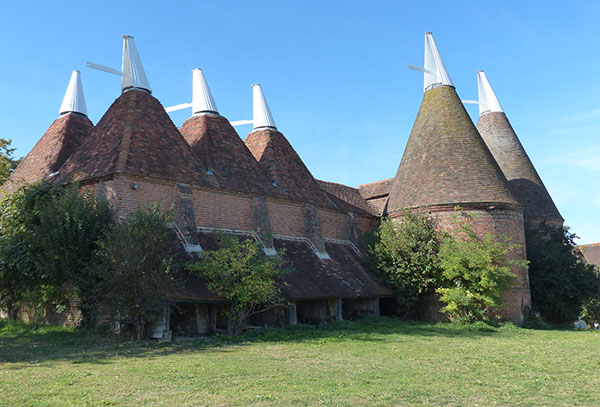
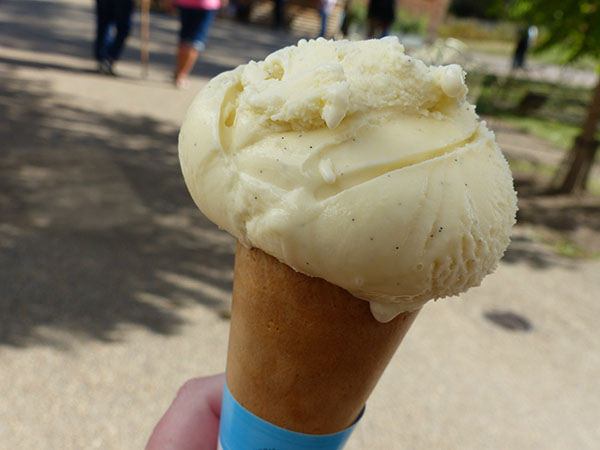
The south cottage is still owned by Vita/Harold's children, and it can be toured. The garden behind the cottage was probably my favourite, and it was created by Vita for Harold and called the "sunset garden" because it has bright orange, red and yellow flowers.

Photographs could not be taken inside the cottage, but the cottage itself is not very large. On the ground floor is a kitchen and then the lounge/library, which has views of the garden. Upstairs is Harold's room, Vita's room, and a bathroom. Harold and Vita were both bi-sexual and had relationships with other people, which makes up a portion of their story. At a time, they had a rocky relationship, but when they moved to Sissinghurst, they both contributed to their love of gardening to build and create the gardens and repair the buildings.
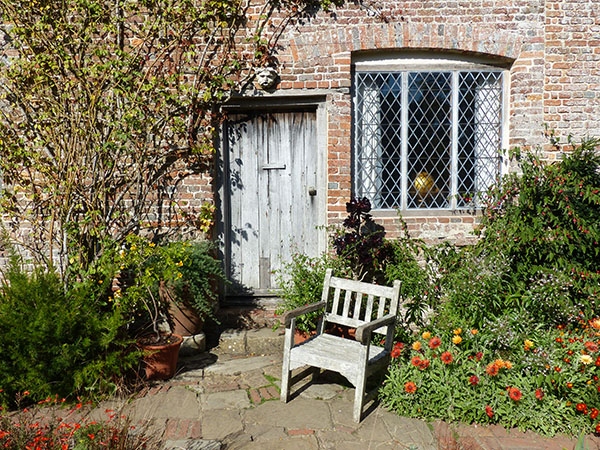
Sissinghurst Castle is probably best-visited in the height of summer when the gardens are in full bloom. I visited it in the middle of September, which was probably a week or two past its prime.
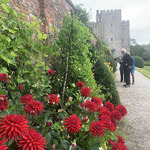
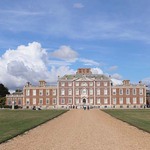
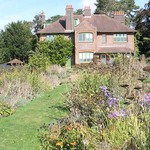
Leave a comment